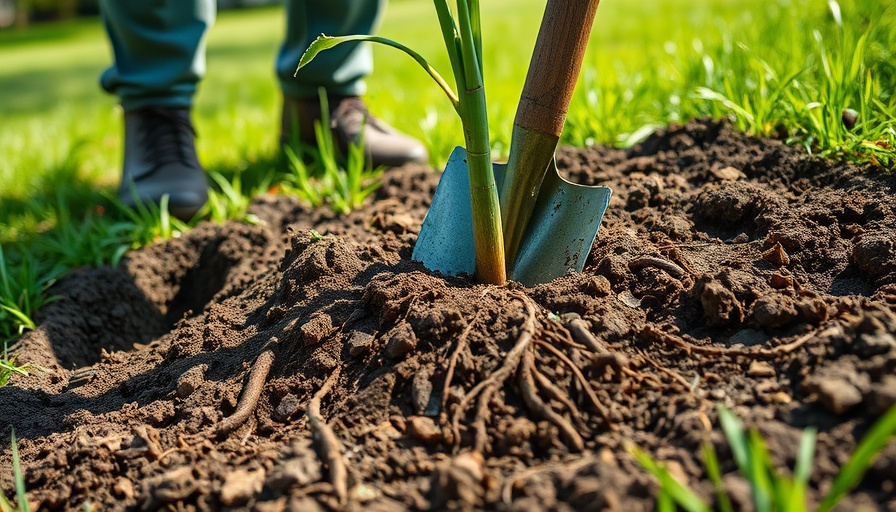
The Green Horizon: Portland’s Ambitious $100M Tree Expansion Plan
In a significant move towards enhancing its urban environment, Portland has unveiled a comprehensive tree expansion initiative, allocating a whopping $100 million to plant trees across the city. This ambitious project, spearheaded by the Portland Parks & Recreation’s Urban Forestry division, aims to plant at least 15,000 trees over the next three years, effectively doubling the city’s current planting rates. This bold step comes as Portland grapples with a declining tree canopy, which is critical for mitigating extreme heat and improving air quality.
Innovation Through Collaboration: Resuming Partnerships for Community Engagement
The most exciting aspect of the expansion is the revival of the city’s partnership with Friends of Trees, a nonprofit organization esteemed for its community-driven planting efforts. This partnership had been abruptly halted in 2022, stoking public discontent and prompting city officials to rethink their approach. As part of the new contract, Friends of Trees will receive approximately $1.8 million, which will cover planting 750 new street and yard trees while also providing three years of ongoing care for each tree. The collaboration will leverage volunteer efforts and community outreach to maximize engagement.
Understanding the Economic and Environmental Impact
Funding for the initiative comes from the Portland Clean Energy Community Benefits Fund, which features a unique 1% tax on larger retailers in the city. This remarkable funding structure emphasizes the intersection of economic strategy and environmental sustainability, allowing residents to invest in their community's green infrastructure. By planting trees, the city not only beautifies landscapes but also enhances property values and combats urban heat. Local homeowners stand to benefit significantly, as increased canopy cover often correlates with lower energy costs due to improved shade and air quality.
Addressing Equity: Focus on Underserved Areas
One of the motivating factors behind this initiative is the evident imbalance of tree cover across various parts of Portland. The city has identified areas that are disproportionately underserved, particularly on the far east side where many low-income families and communities of color reside. The plan outlines a commitment to plant trees where they are needed most, ensuring that everyone can enjoy the benefits of urban greenery.
A Sustainable Future: Expanding Urban Forestry Programs
In addition to the mass planting efforts, the Urban Forestry division plans to implement other programs funded by the $70 million climate fund. These include a comprehensive street tree maintenance program and free yard tree care services tailored for low-income households. The goal is to foster a culture of sustainable landscaping, highlighting the importance of long-term tree care and community involvement.
Conclusion: Join the Movement for a Greener Portland
As Portland takes these monumental steps towards a greener future, local residents, property owners, and landscaping professionals can all play a pivotal role in supporting these efforts. Whether volunteering for tree planting events, spreading the word to neighbors, or simply appreciating the new greenery in their neighborhoods, everyone can take part in cultivating a healthier urban environment. Consider engaging with Friends of Trees or your local urban forestry initiatives to find out how you can help in this exciting phase.
 Add Row
Add Row 
 Add
Add 


Write A Comment